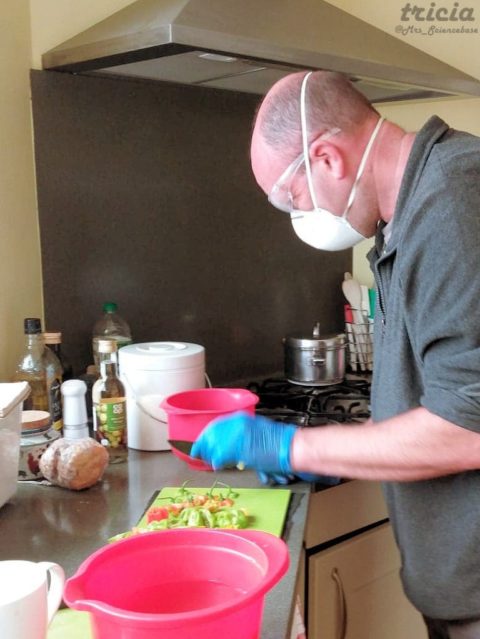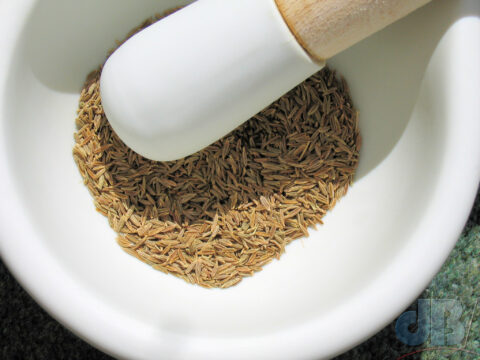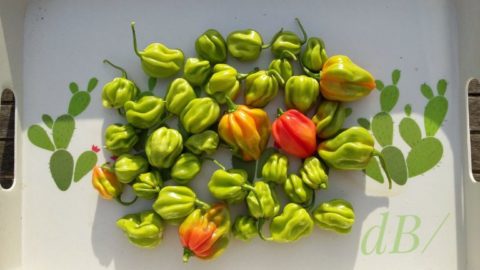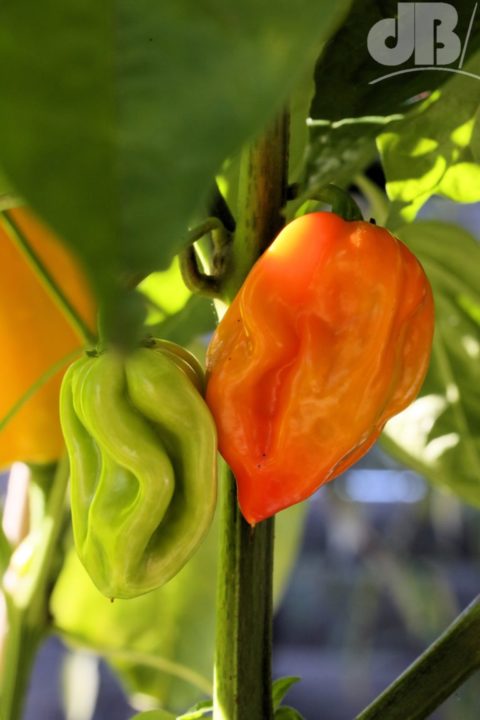FODMAPs are Fermentable Oligosaccharides, Disaccharides, Monosaccharides, and Polyols.
Digestive discomfort – excessive flatulence, “bloating”, loose stool, or constipation – is a prevalent issue for many, and it often finds its roots in a group of fermentable carbohydrates collectively known as FODMAPs. Understanding the science behind FODMAPs could help in establishing a more comfortable and gratifying relationship with food.
In the realm of our digestive system, envision a system akin to an intricate ecosystem, teeming with activity. Various nutrients act as its constituents, powering this internal city. However, certain substances, the FODMAPs, undergo fermentation in the gut, potentially causing imbalances leading to bloating, gas, and changes in bowel habits. It is worth noting that the brain-gut connection is complicated and not entirely understood. Psychological issues and gut issues can each play a part in affecting the other.
For individuals grappling with Irritable Bowel Syndrome (IBS), diverticulosis, or other intestinal issues imbalances in the gut or the brain-gut axis can be particularly disruptive, triggering symptoms such as pain, bloating, loose bowel movements or constipation, and perhaps even migraine in some people.
FODMAPs may well play a part in these complex interactions and systems. FODMAPs are present in a range of seemingly innocuous foods. From onions, garlic, and wheat bread to dairy products and certain fruits like apples, lychees, and mangoes. Understanding the different categories of FODMAPs equips individuals to navigate the grocery store and make informed dietary choices with guidance from a professional, qualified dietician (do not seek advice from the quacks known as nutritionists).
Here’s a breakdown of the primary FODMAP families:
Oligosaccharides: Found in wheat, rye, legumes, and some fruits like watermelon and peaches
Lactose: Present in milk, yogurt, and certain cheeses
Fructose: Abundant in certain fruits like apples, pears, and mangoes, as well as honey
Polyols: Blackberries, peaches, cauliflower, and artificial sweeteners such as sorbitol and xylitol.
FODMAP sensitivity varies widely but following advice one might usefully try a low-FODMAP diet for a short time to see whether symptoms lessen. Of course, reintroducing foods one at a time might then seem like a way to discover which particular food was problematic for you, however, there are lots of factors at play and delays in the time between changing one’s diet and the onset or lessening of symptoms. It would be almost impossible to identify specific problem foods this way.
The NHS advice for those with diverticulitis, say, is to eat a well-balanced diet with plenty of fibre, what we used to call roughage. If one begins to suffer symptoms then it might help to quickly switch to a low-FODMAP diet for a short while until symptoms subside and reintroduce those foods from the FODMAP list you enjoy along with fibre. Of course, if symptoms seriously worsen at any point it is sensible to seek medical assistance. This is especially important if one has blood in the stool, a fever, or crippling pain.
THIS ARTICLE IS FOR INFORMATION ONLY. YOU SHOULD SEEK PROFESSIONAL MEDICAL HELP IF YOU HAVE WORRYING GASTROINTESTINAL SYMPTOMS.




